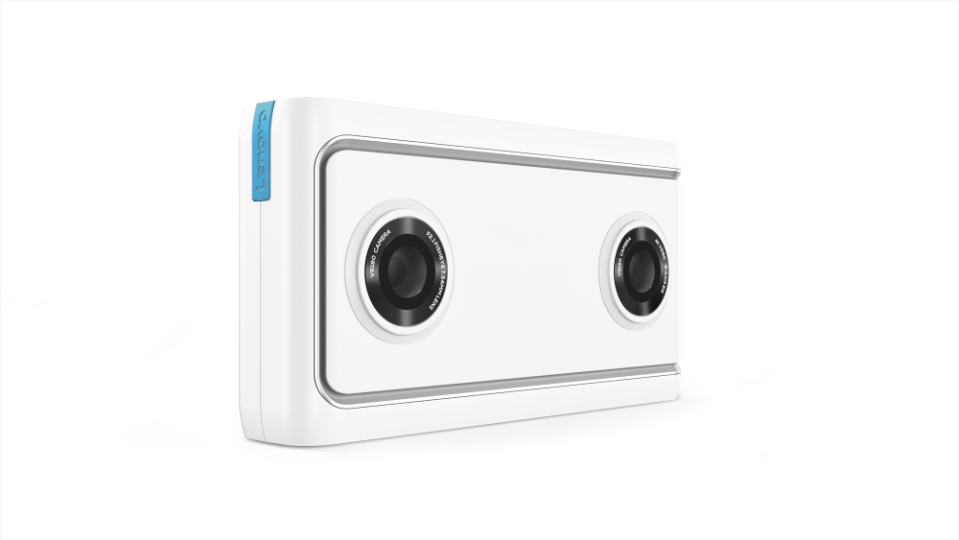The Lenovo Mirage Solo is a smartphone in VR headset form — what to know about Google's first standalone virtual reality device (GOOG, GOOGL, FB)

Google unveiled the Lenovo Mirage Solo, its first standalone VR headset at CES on Tuesday.
The Lenovo Mirage Solo has many features commonly found in smartphones.
Because of its high-tech hardware, the headset does not require a smartphone, PC or video game console to render virtual reality graphics.
Google announced the first standalone virtual reality headset powered by its Daydream technology during the International Consumer Electronics Show (CES) on Tuesday.
The Mirage Solo, made by Chinese hardware maker Lenovo, will go on sale sometime between April and June for less than $400. The forthcoming headset, which allows users to step into virtual worlds without connecting to a PC or a smartphone, comes as Google races Facebook's Oculus to bring a standalone VR headset to market.
The Mirage Solo packs many of the same hardware specs as a high-end smartphone, including a processing chip, a high-resolution display, memory, internal storage, external storage, cameras and a massive battery. It even includes a headphone jack.
Google originally showcased its concept for a standalone VR headset during its annual I/O conference in May. Such headsets do not require a smartphone, PC or video game console to render virtual reality graphics. Everything is rendered within the headset so ideally users never have to take it off while in a VR experience.
Standalone headsets allow users to have a wide range of motion, referred to as six degrees of freedom (6DOF). This technology makes it so users don't have to map out an area with cameras and sensors before using a VR headset.
While initial sales of VR headsets have fallen short of industry expectations, some analysts believe the simplicity of standalone headsets could help the technology resonate with consumers.
Facebook-owned Oculus has promised to release a standalone version of its VR headset sometime this year, though it has not specified a date.

Google also announced the Lenovo VR180 Mirage camera, which allows users to shoot video in high-resolution, up to 4K and wide angle, up to 180-degrees. Users can capture images and videos on the VR180 Mirage camera and then transfer a microSD card from the camera to the Mirage Solo headset to view the content in VR.
NOW WATCH: We talked to Sophia — the first-ever robot citizen that once said it would 'destroy humans'
See Also:
Google’s CES booth flooded due to heavy rain — and employees were bailing out the water in buckets
Google is taking on Amazon's newest Echo smart speakers — with a little help from some friends
SEE ALSO: VR headsets top 1 million for the first time in Q3

 Yahoo Finance
Yahoo Finance 
